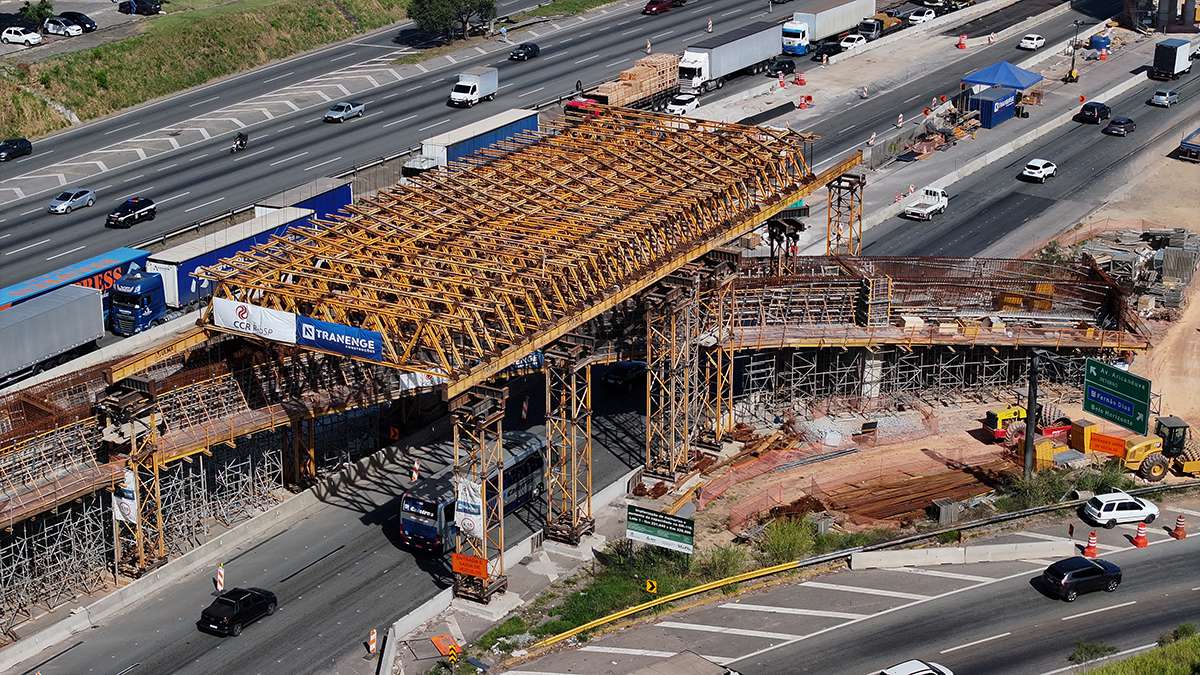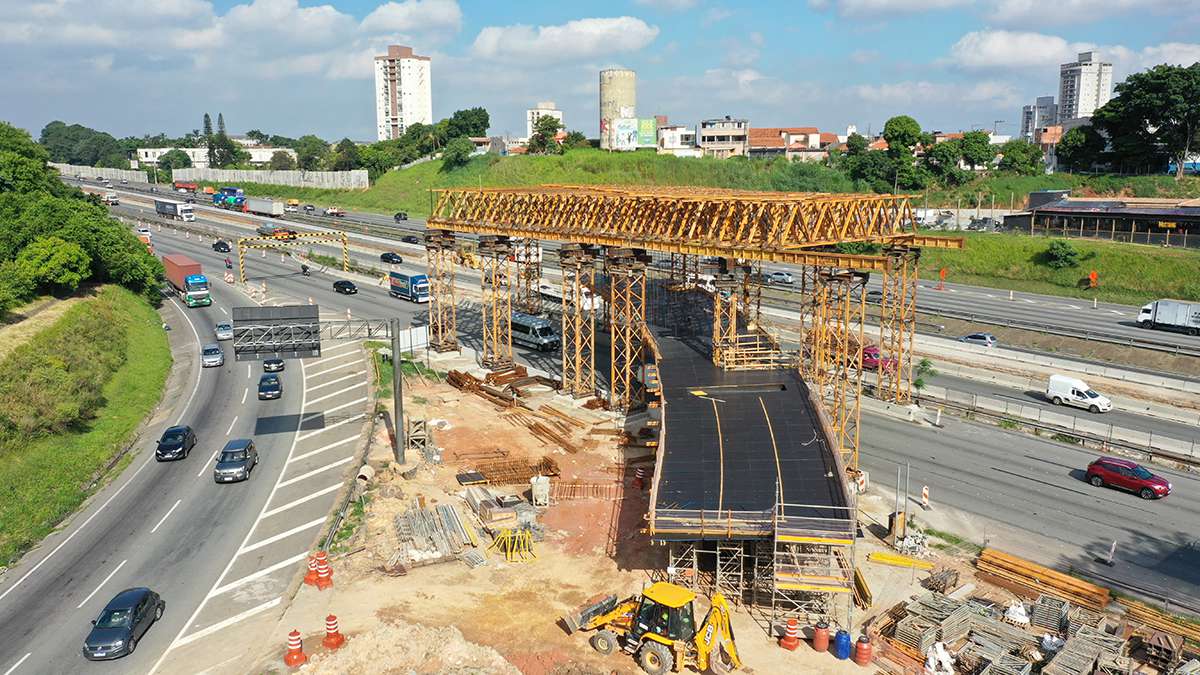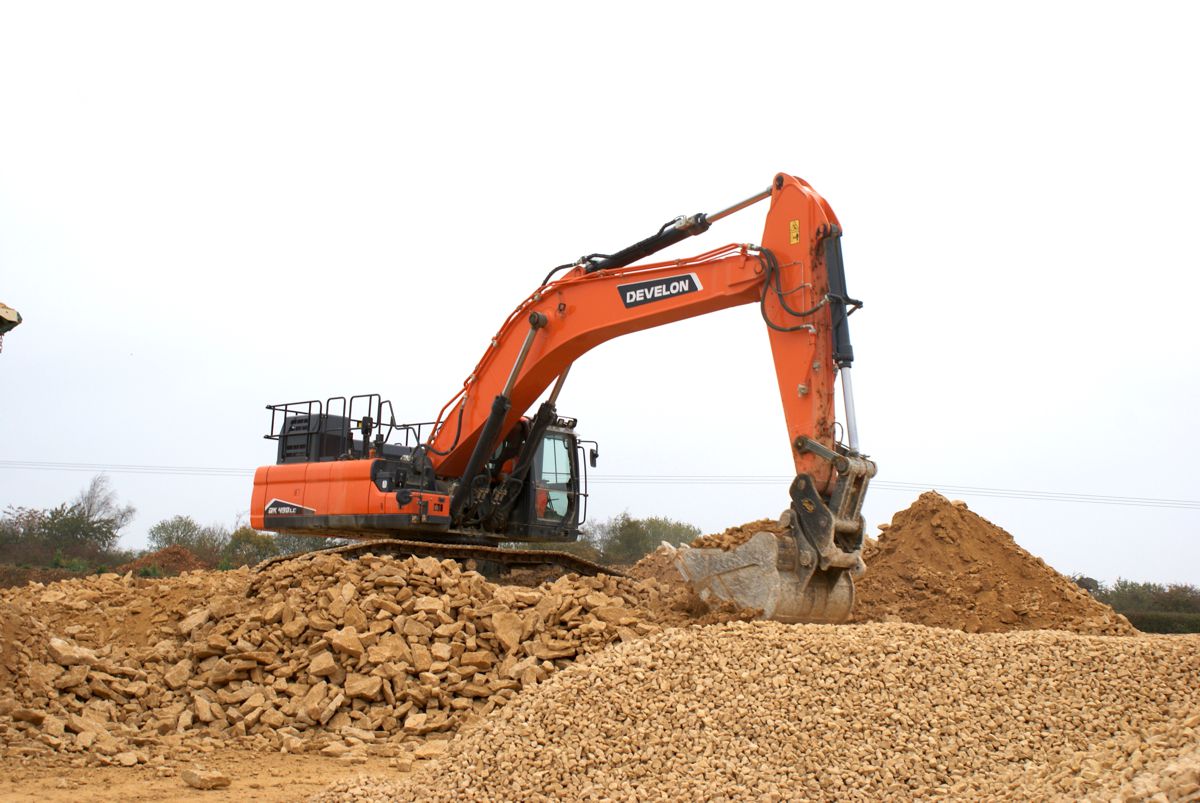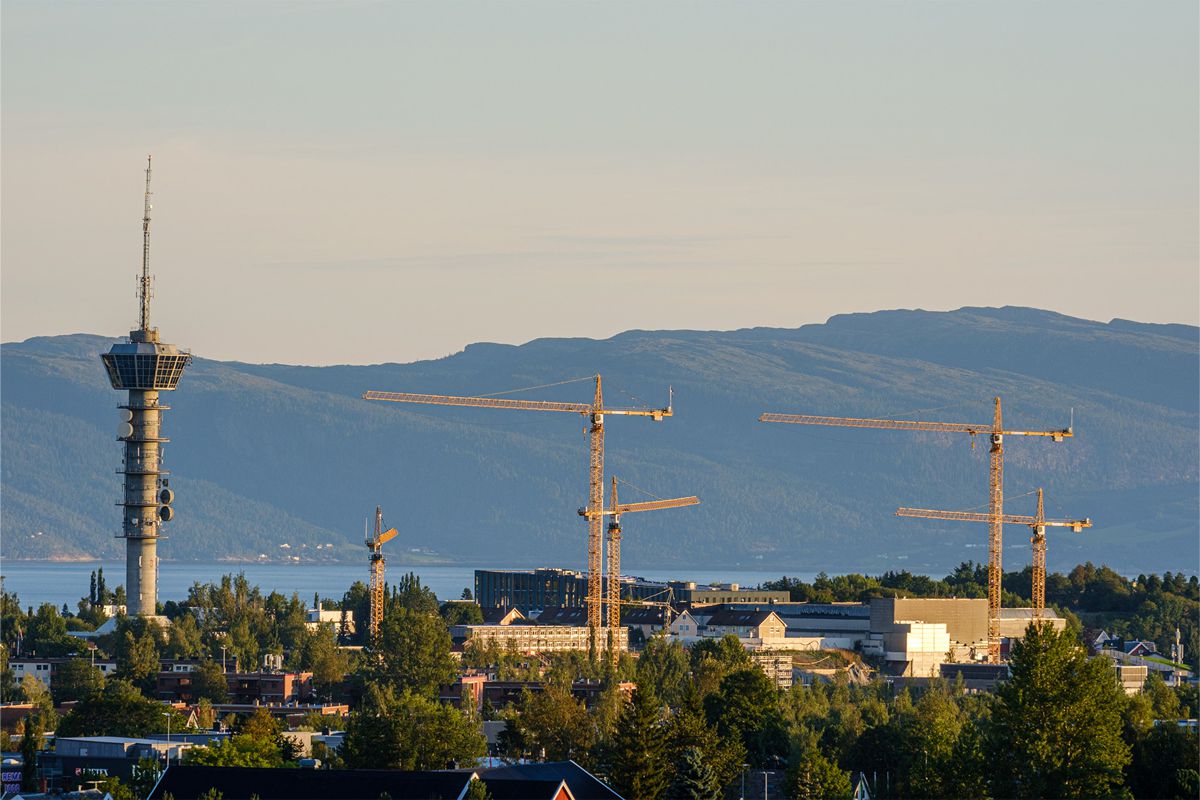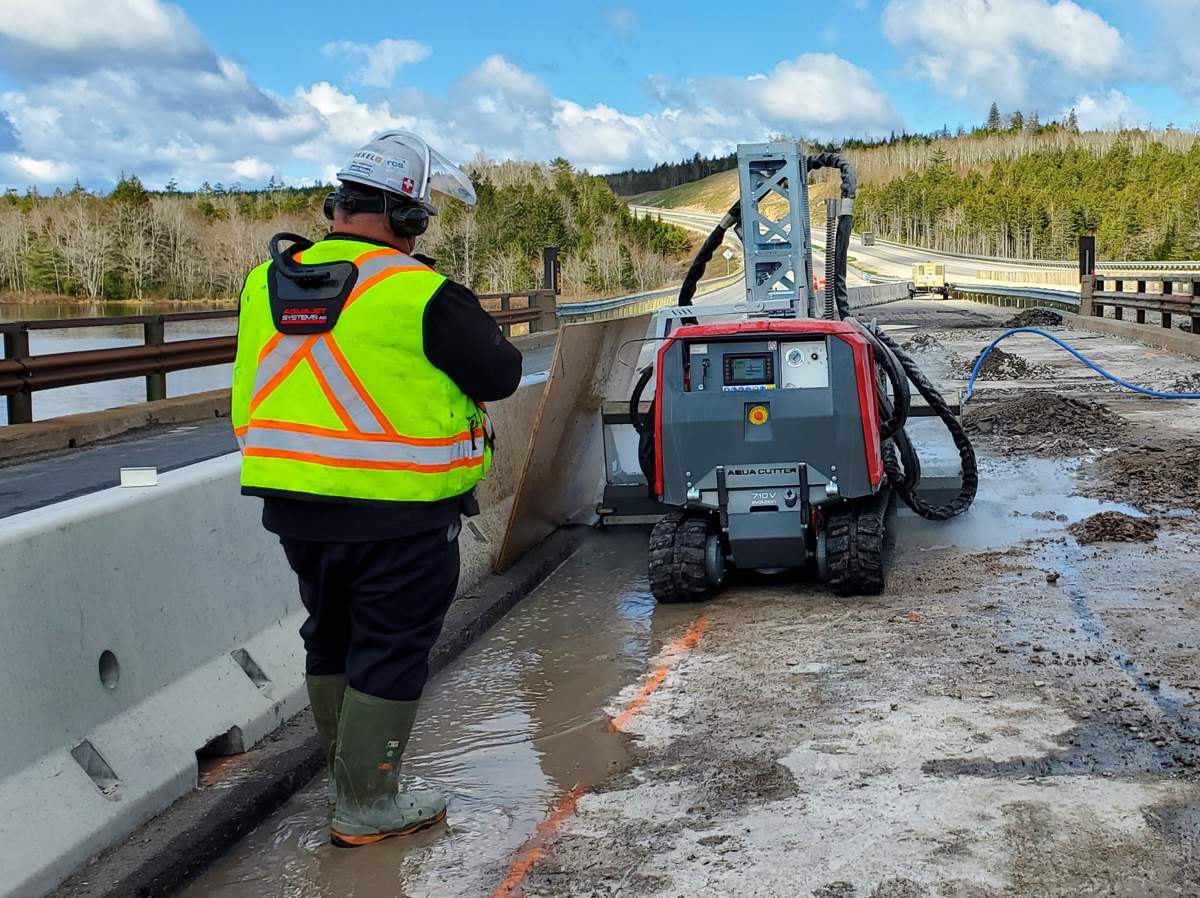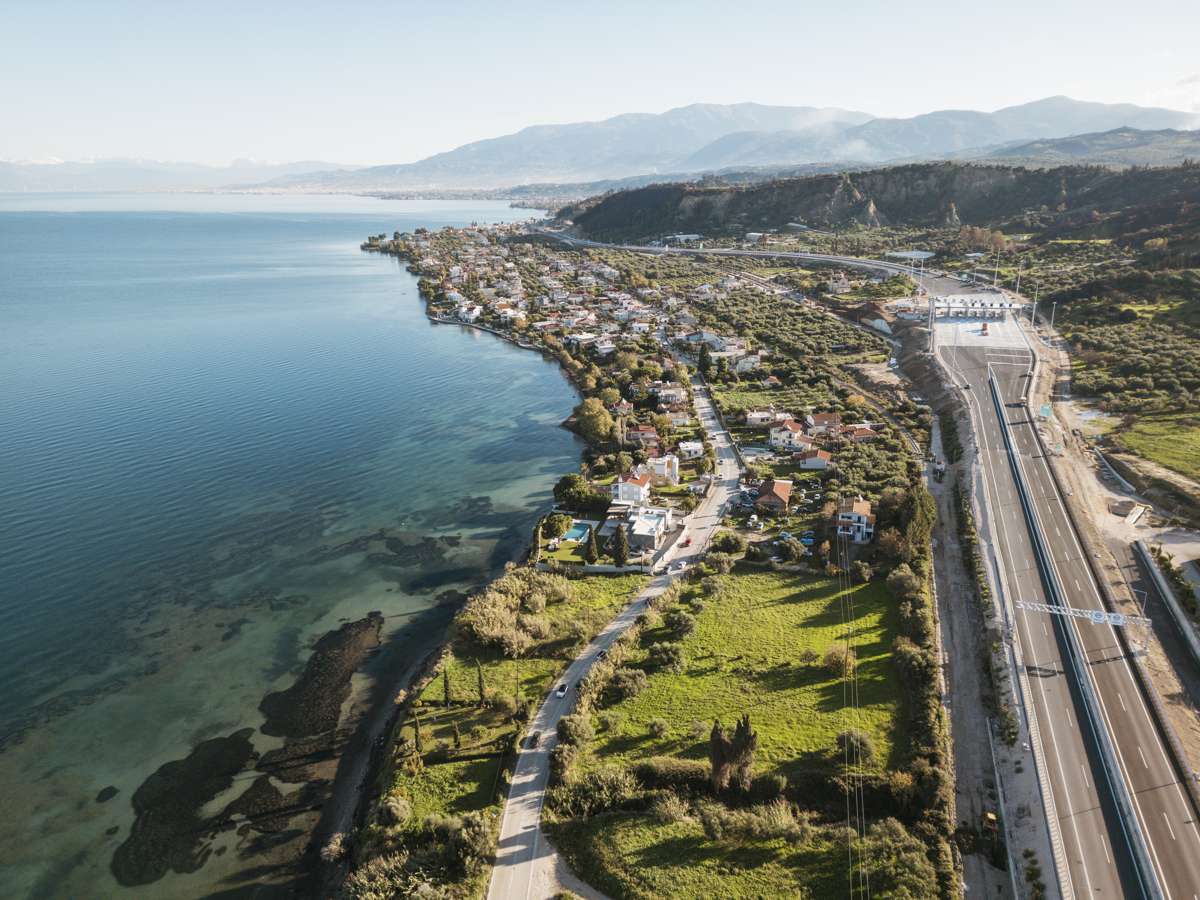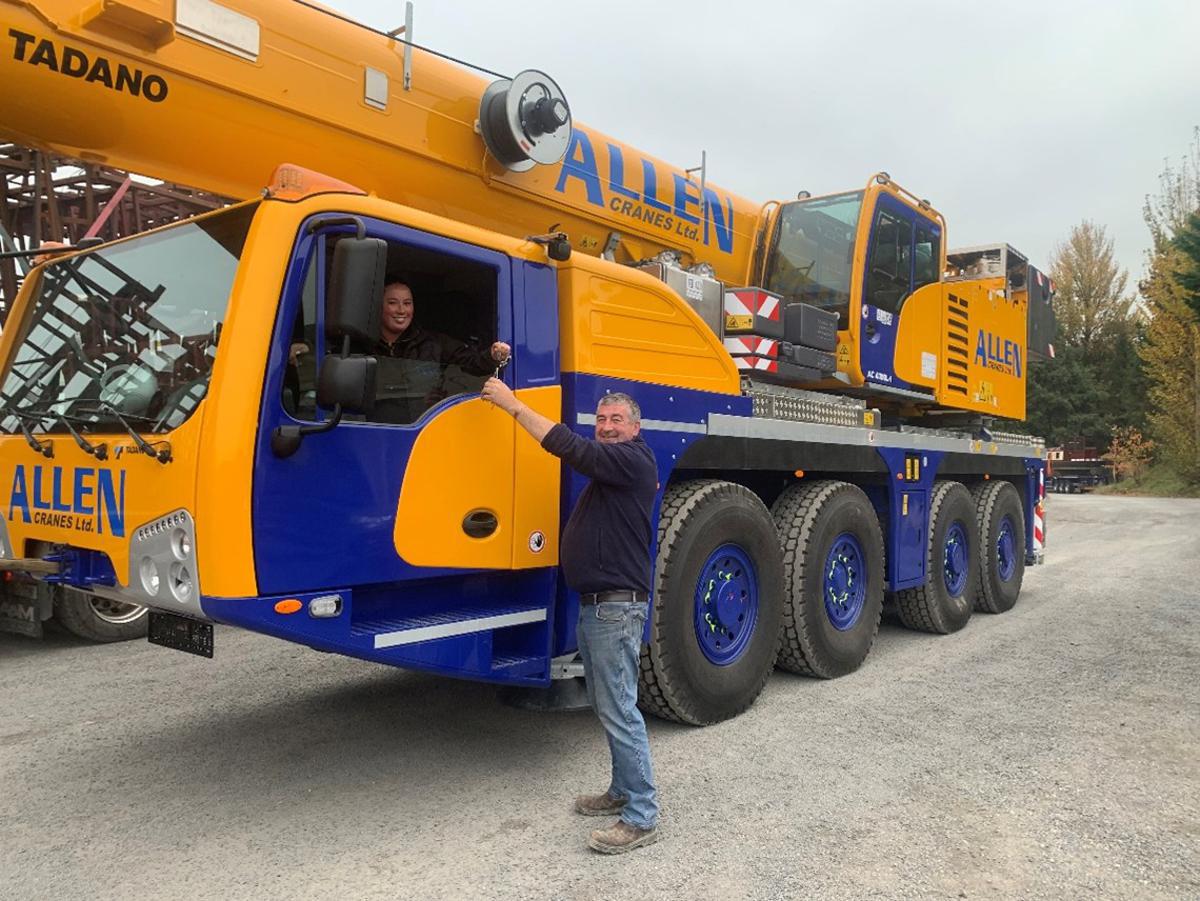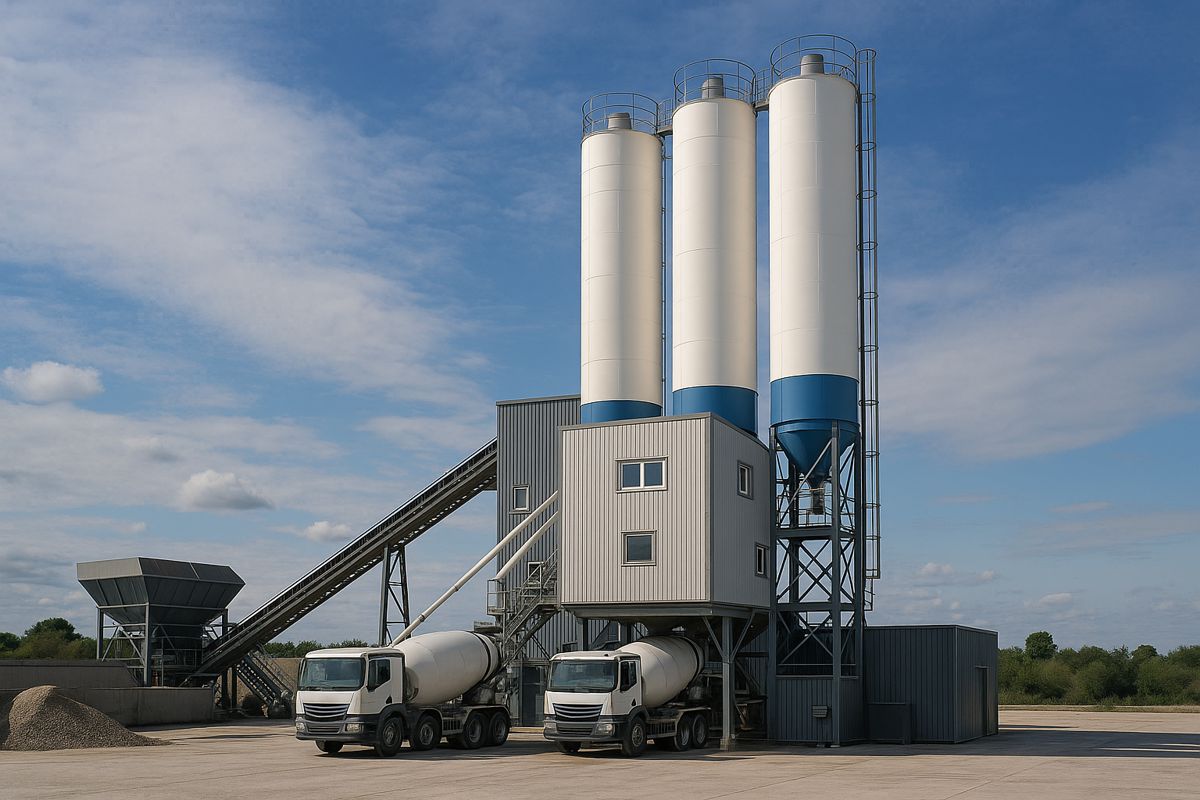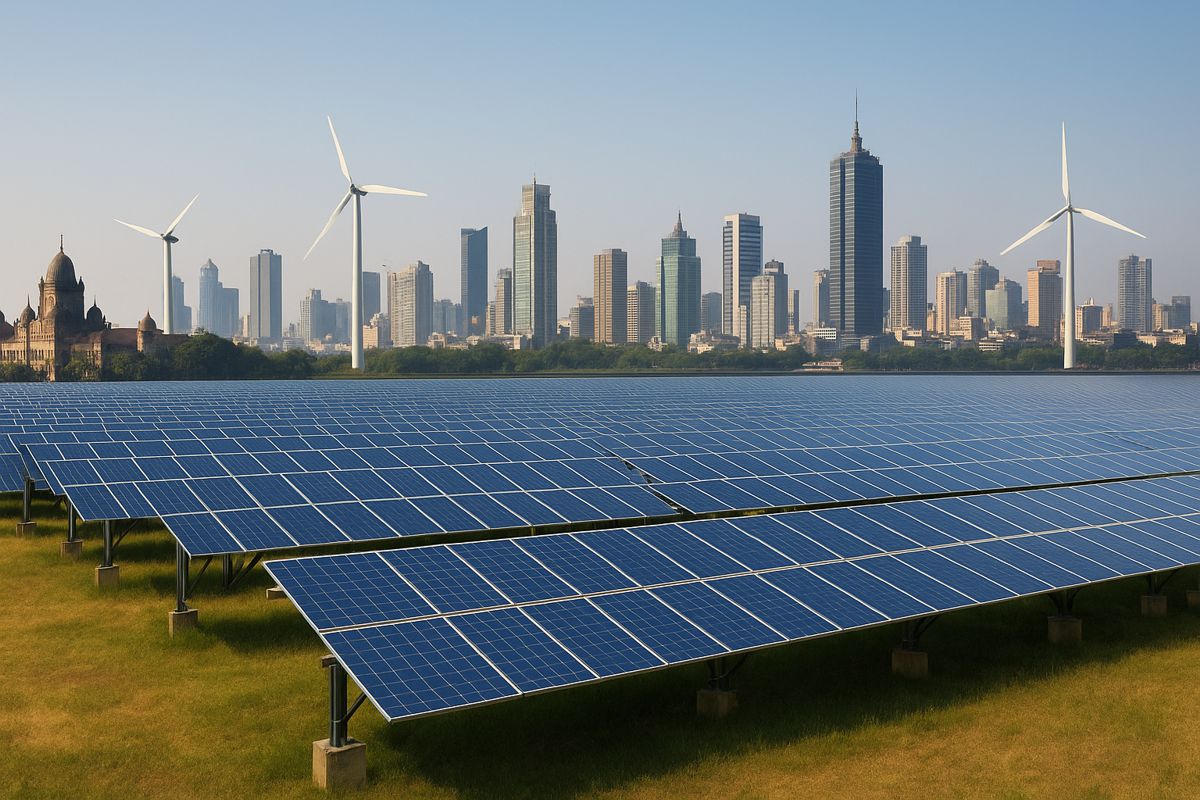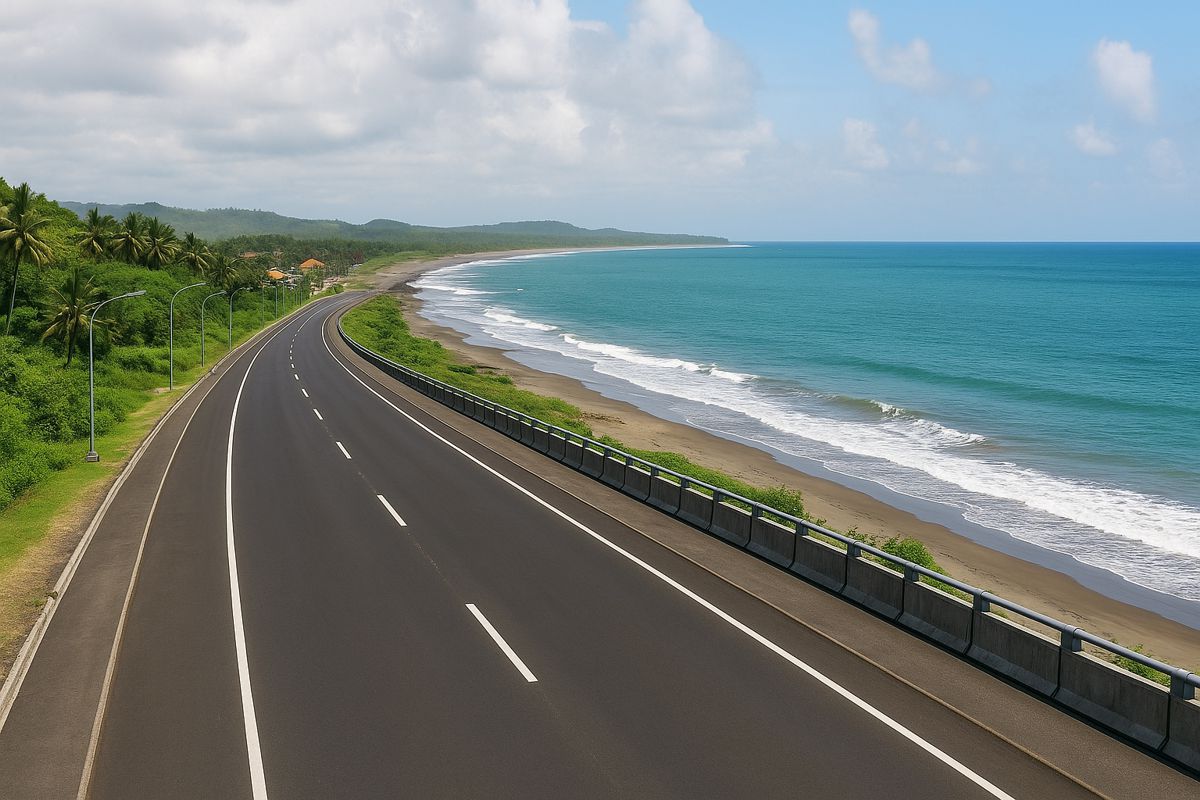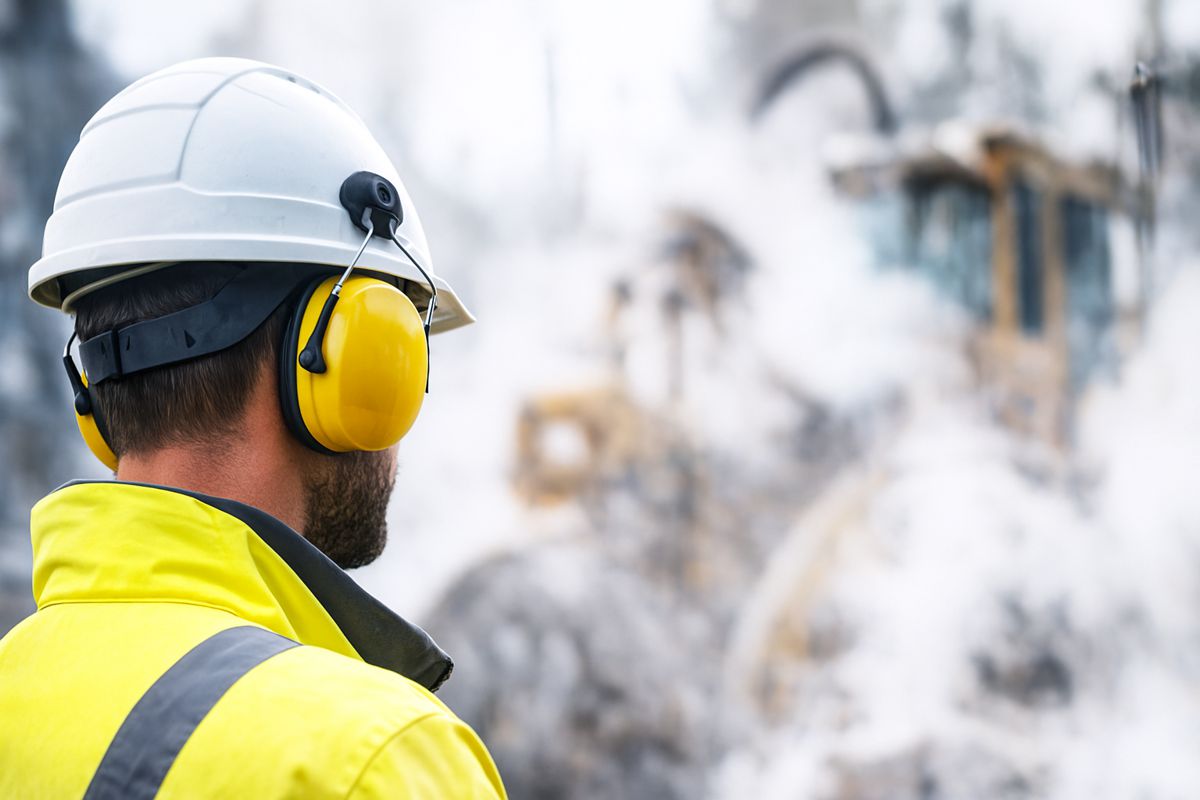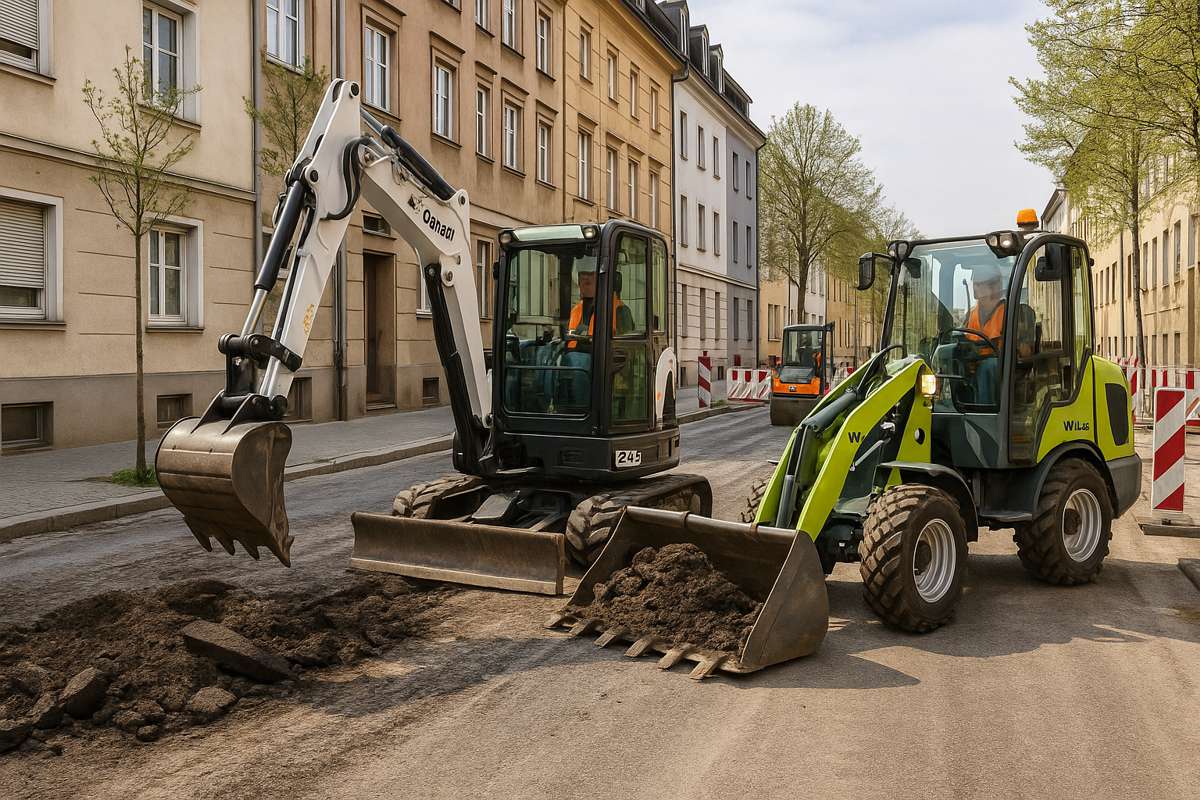ULMA Drives Engineering Excellence in Brazil’s Landmark Viaduct Construction
In one of Brazil’s most ambitious infrastructure upgrades in recent years, ULMA Construction has played a pivotal role in building three new viaducts that will transform mobility between São Paulo, Belo Horizonte and Rio de Janeiro.
The project, valued at 1.4 billion reals, aims to ease congestion in one of the most densely trafficked corridors in the country and strengthen regional economic connectivity.
Once completed, the new viaducts will significantly improve traffic flow and safety along the Via Dutra highway, which serves as the primary link between Brazil’s largest cities. Beyond its engineering significance, the project is expected to generate around 4,000 direct and indirect jobs, bolstering local economies and driving regional development.
Engineering Innovation Along the Via Dutra
The construction team faced one major challenge: how to build viaducts with spans of up to 75 metres without halting the constant flow of vehicles on the Via Dutra, Brazil’s busiest road. Stopping traffic was never an option, so the engineers turned to ULMA’s advanced formwork and shoring systems to ensure safety, efficiency and uninterrupted operations.
To tackle this challenge, ULMA deployed its Balanced Cantilever Formwork Carriage CVS, a standout innovation that allowed for the casting of 5.25-metre-long segments entirely in cantilever, eliminating the need for ground supports. This technique ensured traffic could continue beneath the construction works, significantly reducing disruption while accelerating construction timelines.
In areas where in-situ concreting over the road was feasible, ULMA utilised its Heavy Duty Truss System MK, capable of covering spans up to 30 metres. These trusses were supported by robust MK shoring towers in accessible zones, providing a safe and stable platform for heavy loads and precise concrete pouring.
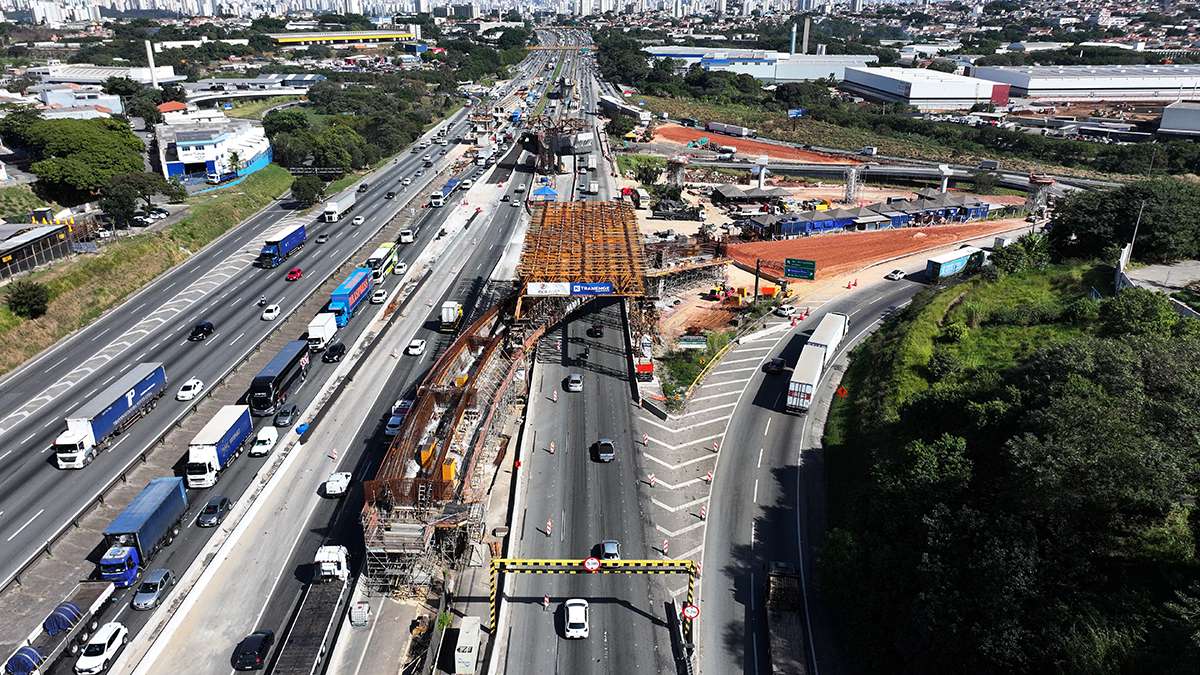
Tailored Solutions for Every Structure
For the piers, flanges and decks of the viaducts, ULMA integrated its versatile COMAIN, CLR and ENKOFORM VMK vertical formwork systems. Each of these systems is renowned for its flexibility and capacity to achieve smooth, high-quality concrete finishes, essential for long-term durability and aesthetics.
In sections where conventional methods were applied, T-60 and MK shoring systems provided reliable support and safety, enabling efficient assembly under challenging site conditions. These systems were chosen not only for their structural strength but also for their adaptability to varying geometries and load requirements.
To ensure worker safety during all phases of the construction, ULMA also deployed the BRIO multidirectional scaffolding system, designed for secure, ergonomic access at height. This scaffolding setup allowed teams to move freely and safely across the structure, streamlining both inspection and finishing works.
Balancing Precision, Safety and Speed
Throughout the project, the emphasis was on maintaining a balance between safety, precision, and speed. ULMA’s engineering approach ensured that every element of the construction met rigorous international safety standards while keeping the project on schedule.
“Safety and precision were non-negotiable throughout this project. ULMA’s modular systems allowed us to execute complex stages efficiently, without compromising on quality or structural integrity,” said one of the project engineers involved in the works.
This combination of technical expertise and high-performance equipment proved crucial in addressing the site’s logistical constraints. By integrating modular, reusable systems, ULMA not only reduced on-site construction time but also minimised material waste, an important step towards more sustainable construction practices.
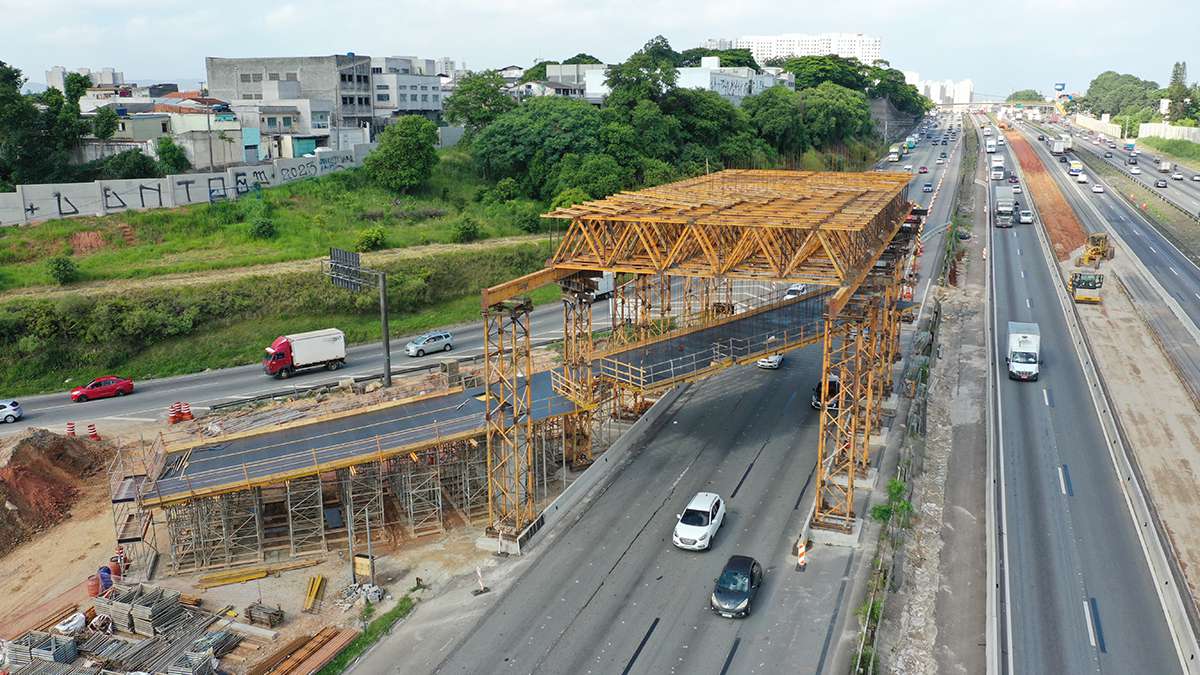
Strengthening Brazil’s Transport Infrastructure
The new viaducts form part of a broader infrastructure investment plan designed to increase the traffic capacity of the São Paulo metropolitan area. Once operational, these structures will relieve bottlenecks along the Via Dutra, ensuring smoother mobility for freight and passenger vehicles alike. The improvements will have a ripple effect, benefiting logistics networks, manufacturing operations, and urban commuters across Brazil’s south-eastern corridor.
“This project underscores ULMA’s commitment to providing innovative, safe, and efficient construction solutions tailored to the unique challenges of major infrastructure works,” commented a ULMA spokesperson. “By combining proven engineering systems with a deep understanding of on-site conditions, we help clients achieve outstanding results on complex projects.”
A Testament to Adaptability and Engineering Expertise
Projects like this showcase ULMA’s ability to adapt its technologies to complex construction environments. The company’s formwork, shoring, and scaffolding systems are developed to meet diverse global needs, from large-span bridges to urban high-rise towers, demonstrating the flexibility of modular engineering design.
In Brazil, where terrain, traffic, and urban constraints often intersect, such adaptability is invaluable. The integration of balanced cantilever systems and high-load trusses exemplifies how modern construction methods can overcome traditional limitations, setting new benchmarks for safety, efficiency, and sustainability.
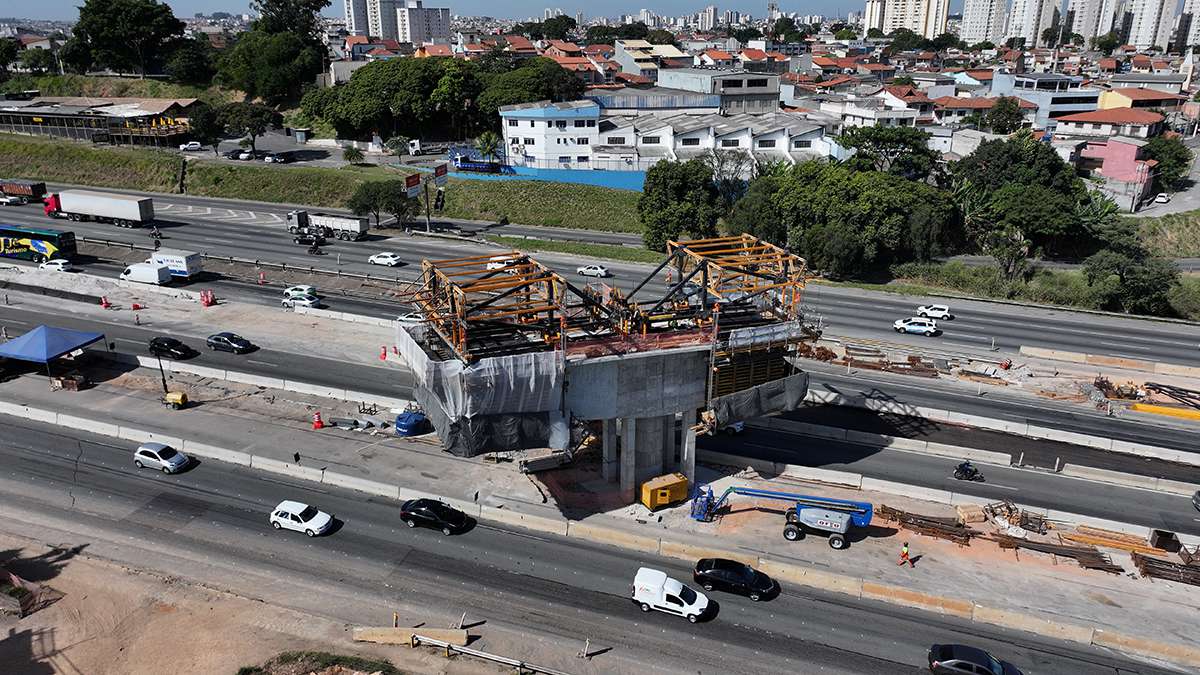
Driving Forward Infrastructure Excellence
The successful delivery of the three viaducts represents more than just a construction milestone, it’s a leap forward in how Brazil approaches infrastructure modernisation. As the country continues investing heavily in highways, ports, and logistics corridors, projects like this underline the importance of reliable engineering partners capable of delivering under pressure.
With ULMA’s involvement, the Via Dutra expansion stands as a model of collaboration, innovation, and execution precision. It not only strengthens Brazil’s transport backbone but also sets the stage for future projects aimed at supporting the nation’s economic growth and connectivity.
Building the Future
The new viaducts are a testament to ULMA’s engineering prowess and Brazil’s commitment to future-ready infrastructure. As vehicles glide smoothly over these elevated structures, they will carry not just traffic but the promise of progress, a symbol of what can be achieved when innovation and expertise align.
Through its advanced systems and proven methodologies, ULMA continues to contribute to transformative projects around the world, redefining what’s possible in modern civil engineering.
